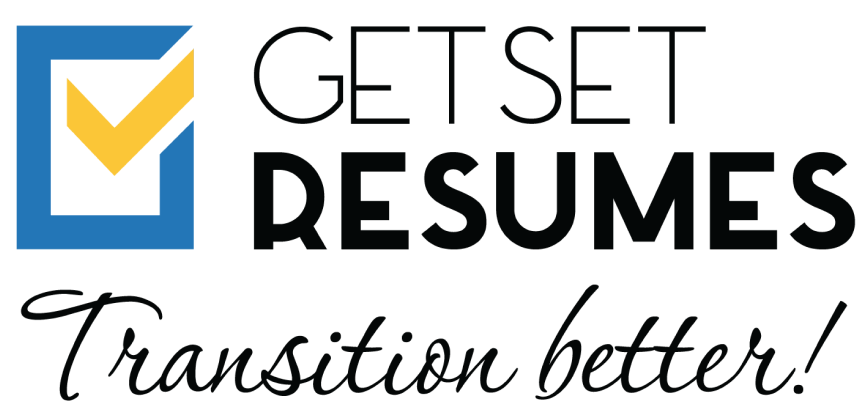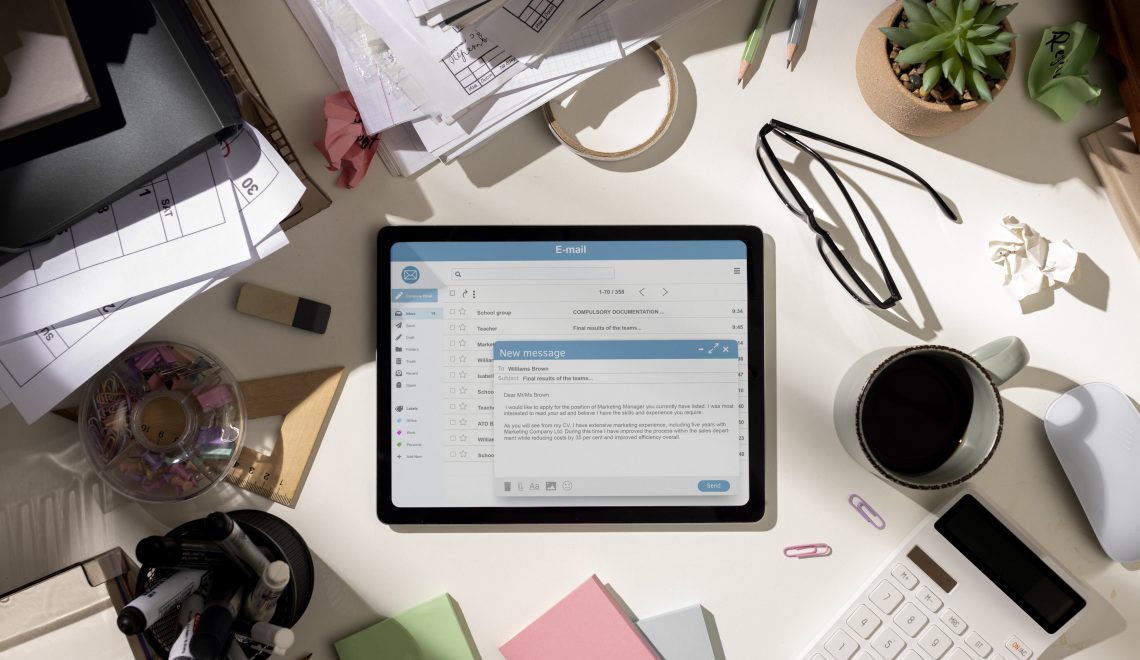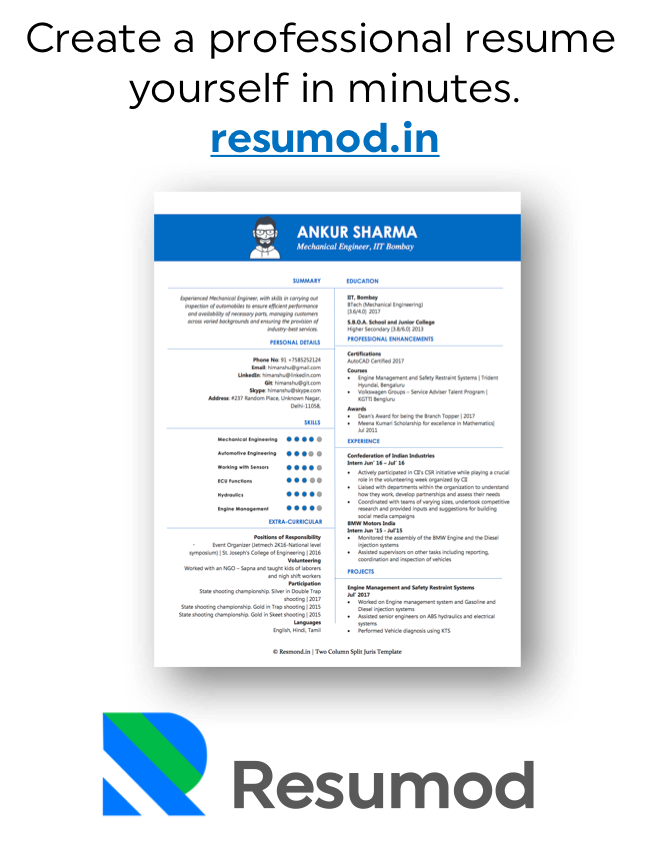A professional cover letter is a document that is typically sent along with a resume or job application.
The main purpose of a cover letter is to introduce yourself and explain why you are qualified for the position you are applying for. Keep your resume fresh and up to date, and your cover letter strong.
Cover Letter 2023: Best Practices
When it comes to job hunting, your cover letter is your first impression. It’s important to make sure that your cover letter is professional and polished, so that you can make the best possible impression on potential employers.
Here are some tips for how to write a professional cover letter in 2023:
Start with a Strong Opening
Your cover letter should start with a strong opening that catches the reader’s attention and compels them to keep reading. Avoid starting your cover letter with generic phrases like “I am writing to apply for the position of…” or “I am interested in the job opening for…” Instead, try to begin your letter with something more unique and engaging.
Highlight Your Relevant Skills and Experience
In your cover letter, be sure to highlight the skills and experience that are most relevant to the job you’re applying for. Don’t try to cram in too much information – just focus on a few key points that will show the employer why you’re a good fit for the position.
Use Strong, Concise Language
When it comes to writing a cover letter, less is more. Avoid using flowery or unnecessarily complex language – instead, focus on using clear and concise language that gets your point across quickly and effectively.
Proofread Carefully
Before you send off your cover letter, be sure to proofread it carefully for any spelling or grammar errors. Nothing will make you look more unprofessional than a cover letter with typos or other mistakes.
Follow the Instructions
Be sure to follow any instructions that the employer has provided in the job listing. If they’ve asked for specific information to be included in your cover letter, make sure that you include it.
By following these tips, you can be sure that your cover letter will be professional and polished – and that you’ll make a great first impression on potential employers.
How to Address a cover Letter if You Don’t Know the Name of the Recipient
This document is your opportunity to introduce yourself to a potential employer and highlight your most relevant qualifications. One of the first things you’ll need to do when writing your cover letter is figure out how to address it.
If you don’t have the name of the person you’re writing to, there are a few different options you can use.
To start, if you know the company’s name but not the name of the recipient, you can use a generic salutation such as “Dear Hiring Manager.” If you don’t know the company’s name either, you can use a less formal greeting such as “Hello” or “Hi there.”
Once you’ve figured out how to start your cover letter, the rest of the writing process will be much easier.
The Worst Ways to Start Your Cover Letter
Here, we’ll highlight what not to do when writing your cover letter:
1. Addressing the wrong company or contact.
This is an especially easy mistake to make if you’re applying to a large company with multiple locations or contacts. Be sure to double check that you have the right address and contact name before sending your letter.
2. Forgetting to update your contact information.
Make sure your cover letter has your current contact information, including your email address and phone number. If you’ve moved recently, be sure to include your new address as well.
3. Using an unprofessional email address.
If you’re using an email address that you created when you were 13 years old, it’s time for an update. Create a new, professional email address that you’ll use solely for your job search.
4. Typo in the company name or contact’s name.
A typo in the company name or contact’s name is an instant red flag for a hiring manager. Be sure to proofread your cover letter carefully before hitting send.
5. Starting with “To Whom it May Concern.”
While this may seem like a harmless opening, it signals to the hiring manager that you don’t care enough about the position to do your research. Find out the name of the contact and use it in your opening.
6. Failing to explain why you’re a good fit for the position.
A cover letter is your chance to sell yourself to the hiring manager. Be sure to mention specific qualifications and experience that make you a good fit for the position.
7. Repeating the same information from your resume.
Your cover letter should supplement, not repeat, the information in your resume. Use this opportunity to expand on your experience and skills, and explain how they will benefit the company.
8. Making it all about you.
A cover letter is not the time to brag about your accomplishments or list every single one of your qualifications. Instead, focus on how you can benefit the company and what makes you a good fit for the position.
9. Failing to proofread.
A typo-ridden cover letter is a surefire way to make a bad impression. Be sure to proofread your letter carefully before sending it off.
10. Sending a generic cover letter.
A generic cover letter is a wasted opportunity. Take the time to customize your letter for each position you apply for, and you’ll be sure to stand out from the competition.
5 Tips for Emailing Your Cover Letter and Resume
It’s not enough to just send your resume and cover letter out. There are best practices for emailing these to a recruiter as well.
1. Keep it professional
When emailing your cover letter and resume, make sure to use a professional email address. Avoid using addresses that are overly casual or include offensive language. Additionally, be sure to check your email for spelling and grammar errors before sending.
2. Use an appropriate subject line
When emailing your cover letter and resume, be sure to include a subject line that accurately reflects the content of your email. For example, you might use a subject line like “Application for Marketing Internship” or “Seeking Customer Service Representative Position.”
3. Include your contact information
In addition to including your cover letter and resume, be sure to include your contact information in the email body. This way, the recipient can easily get in touch with you if they have any questions or would like to set up an interview.
4. Keep the email body brief
When emailing your cover letter and resume, make sure to keep the email body brief. There’s no need to include a lengthy message – simply state why you’re emailing and provide a link to your cover letter and resume.
5. Follow up
After sending your cover letter and resume via email, be sure to follow up with the recipient. You might send a brief email a few days later to check if they received your information and, if they did, to express your continued interest in the position.
By following these tips, you can be sure that your cover letter and resume will stand out when emailing them to potential employers.





